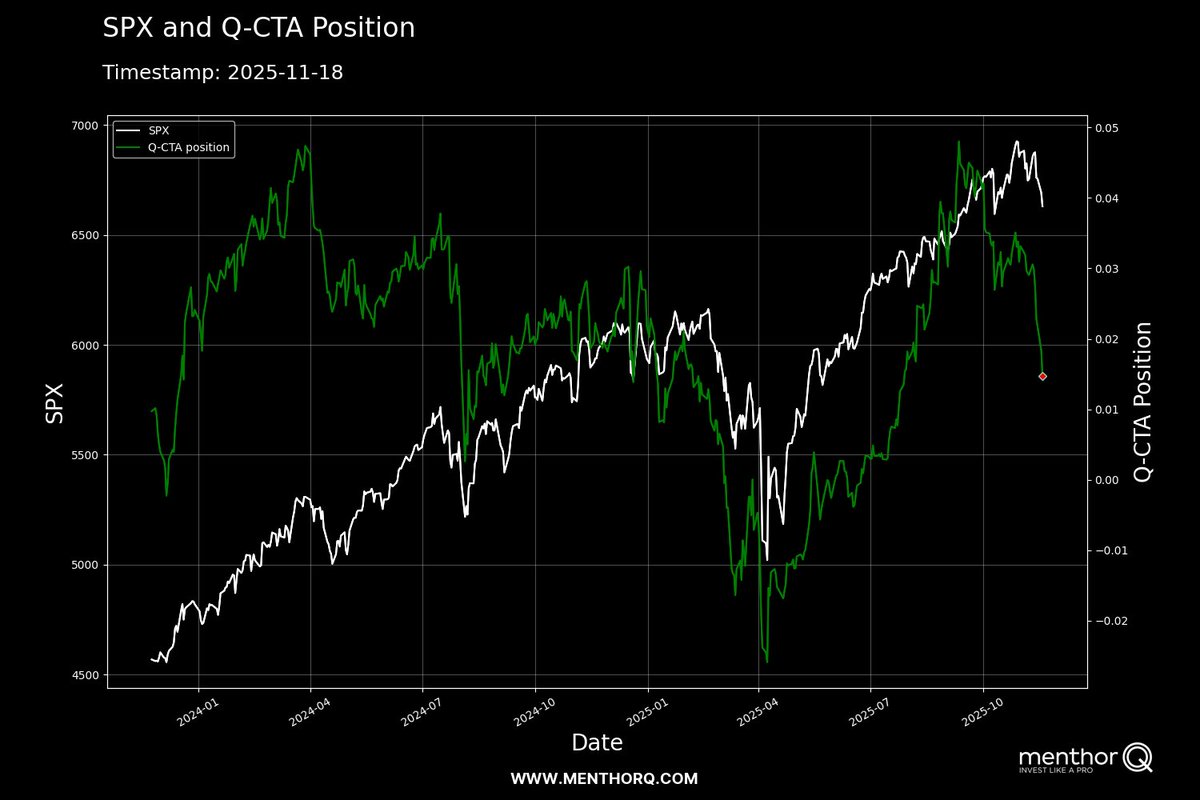1/ Commodity trading houses have had to manage liquidity at current price by re-entering the market and upsizing their facilities. They are obviously under pressure and the bond market is repricing. Here you have the CDS of Louis Dreyfus, a trading house active in the agri space. 

2/ The yield of Gunvor bond due in ‘26 went up to 16.8%, while Trafigura is close to 10%. Traf has been in talks with KKR and Blackstone to raise equity 

3/ After ‘08 trading houses took the role that the bank used to have. JPM, J Aron (GS), MS used to trade heavy volumes of physical until regulators clipped their wings. Their role is pretty important throughout the supply chain, a blow up in this market would be a problem
• • •
Missing some Tweet in this thread? You can try to
force a refresh













